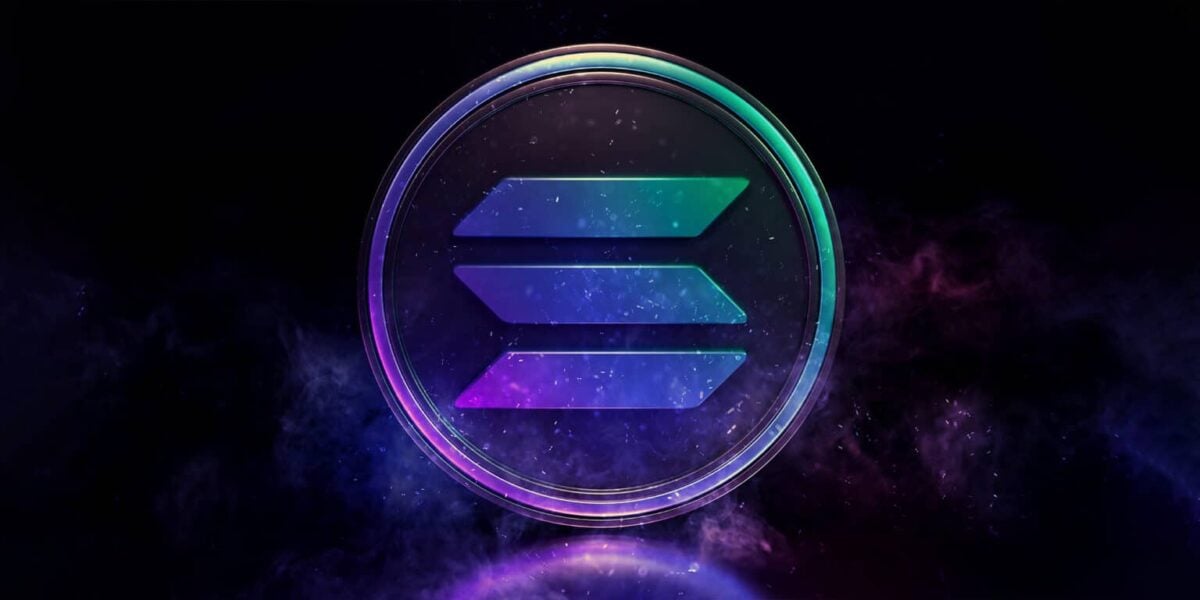TLDR
- Keel debuts as Sky’s third autonomous “star” unit with plans to deploy up to $2.5 billion into Solana-based DeFi and real-world asset markets
- The protocol receives dedicated allocation from Sky’s USDS stablecoin reserves to support Solana-native protocols including Kamino, Jupiter, and Raydium
- Sky ecosystem, formerly MakerDAO, operates USDS and DAI stablecoins with combined supply exceeding $7 billion
- Keel joins Spark (over $10 billion TVL on Ethereum) and Grove (focused on collateralized loan obligations) as Sky’s third specialized unit
- The launch aims to position Solana as a leading marketplace for tokenized traditional financial assets and internet-scale capital markets
Keel officially launched on Tuesday as a new Solana-native capital allocator. The protocol plans to channel up to $2.5 billion into decentralized finance and tokenized asset markets on Solana.
The new platform operates as part of the Sky ecosystem. Sky was formerly known as MakerDAO, a long-running DeFi protocol.
The newest Star in the Sky Ecosystem is live: @keel_fi, Solana’s Capital Engine.
Keel is scaling liquidity, credit, and tokenized assets across the @Solana network, powered by Sky.
With a $2.5B liquidity roadmap, Keel’s capital engine is ready to unlock the next phase of growth… pic.twitter.com/d1RapV5Bmu
— Sky (@SkyEcosystem) September 30, 2025
Keel functions as one of Sky’s autonomous units called “stars.” This structure comes from Sky’s Endgame overhaul, which created smaller independent units.
Each star handles its own governance and innovation. Sky issues the USDS and DAI decentralized stablecoins, which together have over $7 billion in combined supply.
Spark was Sky’s first star and has grown to more than $10 billion in total value locked on Ethereum. It has allocated funds to over $1 billion in tokenized assets.
Grove launched earlier this year as the second unit. It focuses on collateralized loan obligations.
Keel serves as an on-chain capital allocator between Solana DeFi protocols and the broader stablecoin economy. It receives a dedicated balance sheet from USDS stablecoin reserves.
The protocol will deploy these reserves to support Solana-native protocols and generate yield. Early integrations include Kamino, Jupiter, and Raydium.
Capital Deployment Strategy
These Solana-hosted marketplaces provide infrastructure for lending markets, routing, and liquidity pools. Keel supplies liquidity that these platforms can use as a foundation.
Cian Breathnach is CEO of Matariki Labs and a contributor to Keel. He said the protocol was founded on the belief that on-chain finance growth needs more than new assets.
“It needs liquidity that can be accessed at speed and scale,” Breathnach stated. He described Keel as the first to provide these capabilities on Solana.
The platform delivers capital and serves as a catalyzing force for growth in on-chain lending and borrowing. It also supports tokenization activities on the blockchain.
Real-World Asset Integration
Keel’s approach could help attract more tokenized real-world assets to Solana. This sector uses blockchain technology to move and settle traditional financial assets.
These assets include bonds, commodities, and stocks. The tokenized asset market has been growing rapidly across multiple blockchains.
Lily Liu serves as president of the Solana Foundation. She called Keel a key step in positioning Solana as a leading marketplace for internet-scale capital markets.
Rune Christensen co-founded Sky and provided additional perspective on the launch. He said Keel is set to become the largest capital allocator on Solana.
Christensen added that the protocol will play a key role in shaping the DeFi and RWA landscape. The platform launched with its initial partnerships already in place.






